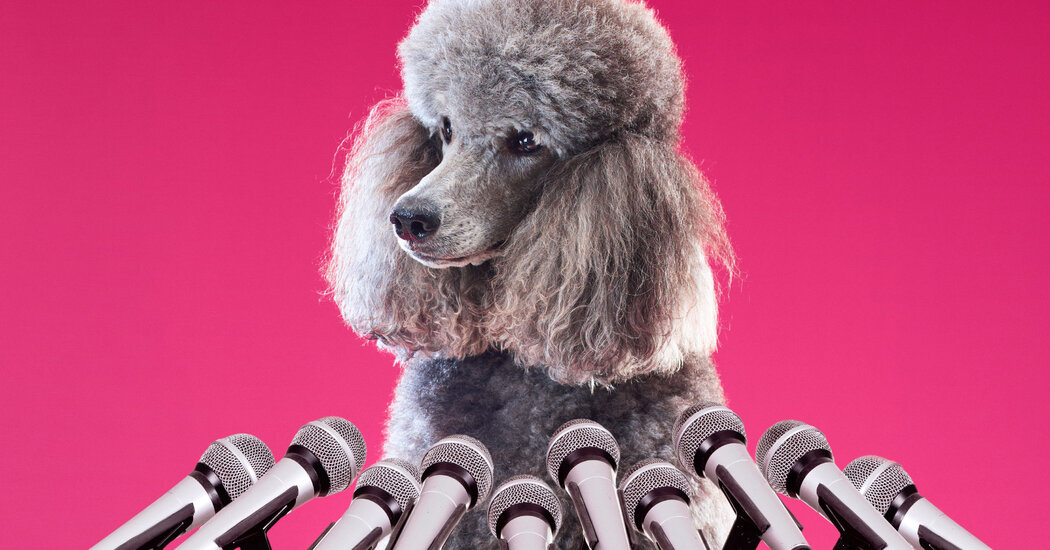As soon as I got Ellie, my black-eyed, bat-eared German shepherd puppy, I trained her to be a good dog. And so she was. When I spoke, she listened; she kept her barks quiet and her teeth clean. Two years on, I started to think she was a little too obedient. There was something pitiful about the way that, even unleashed in the park, she would stop at a fork in the path and look to me to point the way. In the house, she would pause behind a half-closed door instead of pushing through. She was hesitant, whining when she was unsure of herself, in a way that clashed with her big muscles and pointy canines. One day, when the cat in our local bodega poked its head out of the store, Ellie squealed like a child.
Listen to this article, read by Gabra Zackman
Her training, I saw, had come at the cost of something precious. Her independence, certainly. But also, something more intrinsic — something like her animality.
Ellie’s dad — my partner, Jesse — agreed. “I think she needs more self-confidence,” he said.
The solution, maybe, was buttons. Around this time, I started to see dogs on social media seeming to express their desires by the most absurdly simple, low-tech means possible: stepping on multicolored plastic buttons on the floor, each disc emitting a word when the dog pressed it. I scrolled through videos on my phone of dogs pawing FOOD and MORE and NOW, sometimes in that order.
The most famous was Bunny, a lanky sheepadoodle in Tacoma, Wash., with 8.6 million TikTok followers, a vocabulary of 105 buttons and a diagnosis of generalized anxiety disorder. Bunny’s online store sold a starter pack of six buttons for $65. Through the buttons, Bunny reported her experience of the world. She said LOOK CAT. She was frequently CONCERNED. She seemed to have restless dreams about a STRANGER ANIMAL. A favorite topic of conversation was poop, as in POOP PLAY.
@whataboutbunny Dad callouts are my fave #callout #poopy #funnydog #communication #dogtok ♬ original sound – I am Bunny
